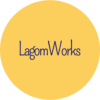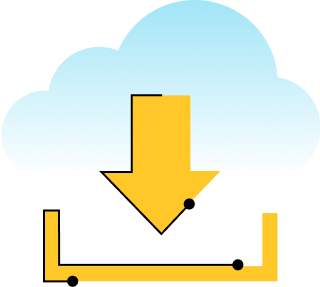Introduction
The ongoing COVID-19 pandemic has engendered narratives around Work from Home (hereinafter WFH) being an inevitability for India Inc. Notwithstanding the obvious cost connotations, when Tata Consultancy Services (hereinafter TCS) announced plans to move up to three-quarters of its workforce onto a permanent WFH model by 2025, Tata Sons’ Chandrasekaran clarified that it was not necessarily a cost-saving measure, since TCS would continue to bear the expenses of its long-term office leases well into the near future. Yet a narrative centred solely around cost and efficiency detracts from the fact that the likes of TCS together comprise but a small fraction of the country’s workforce. Most Indians are employed informally, and in traditional, if not brick-and-mortar setups. Add to this human beings’ endemic nature of only begrudgingly accepting change, and it becomes evident against India Inc’s uneven digital scape that the more hierarchical organizations will find it difficult to go the remote working way.
In this note, I argue then, that a fit-for-purpose organization design, whether WFH or otherwise, must not only aim to reduce costs, drive growth, and strengthen short-term performance and long-term organizational health, but also drive agility and resilience. Transcending reporting lines and boxes determinant of decision rights, accountabilities, internal governance, and linkages in a Foucauldian sense, it must allow for managing complexity and scale to drive sustainable performance.
Over two decades ago, Bartlett & Ghoshal laid out the fundamental dilemma facing multinational firms, as one situated at once in achieving global coordination while simultaneously being locally responsive (Bartlett & Ghoshal 1998). The organizational solution to the global-local dilemma was a global matrix across product lines, geographic markets, and functional groups. While such a matrix creates clear points of connection across organization boundaries, it does not always allow for the speed of change that the current context, comprising rapid digitization, empowered customers, and COVID-19 safety measures, demands.
Today, in many industries, that model of organization design is arguably flawed. The reason is the success formulas do not last very long (D’Aveni 1994). The advantages around which the organization is designed are vulnerable to the business implications posed by COVID-19 and thus, the challenge is to design organizations to execute strategies when there are no sustainable competitive advantages. The need for organizations to become more ‘reconfigurable’, has been well articulated by Galbraith in 2010 where he believes that the power of the truly reconfigurable organization lies with the leaders who can move work to where talent, capabilities, and capacity are, regardless of where they are in the world. Herein lies the case for the distributed organization structure.
Almost quixotically, truly agile organizations need to learn to be both stable (resilient, reliable, and efficient) as well as dynamic (fast, nimble, and adaptive). To master this paradox, companies must design structures, governance arrangements, and processes with a relatively unchanging set of core elements: a proverbial fixed backbone. From a pool of over 2,300 large US companies, Columbia Business School professor Rita Gunther McGrath identified high-performing organizations as those which increased their net income by at least 5 percent annually in the ten years leading up to 2009. Her conclusion was that these organizations were both extremely stable, with certain organizational features that remained the same for long stretches of time, as well as rapid innovators who could adjust and readjust their resources quickly. The delicate act of balancing the tension between stability and flexibility then falls on the trifecta of the organizational structure in defining how resources are distributed, governance in outlining how decisions are made, and processes in determining how things get done, including but not limited to the management of performance.
Read more: Performance Management in the New
Yet, how can an organization which is designed as fit-for-purpose deliver the right mix of speed and scale? I argue that this is achieved by the distributed organization, though three core steps which it adopts.


